Fiddle fig plant: The Ultimate Guide to Care, Growing and Design
Fiddle fig plant is one of the most popular and showy houseplants known for its large, vase-shaped, glossy leaves. or the violin. A favorite of interior designers and plant lovers, this tropical plant adds elegance and sophistication to any room. In this comprehensive guide, we’ll explore everything you need to know about the Fig Leaf Fig, from its origins and care requirements to styling tips and common problems.
Origin and Characteristics of Fiddle fig plant
The fig tree is native to the tropical rainforests of West Africa, where it can grow up to 40-50 feet tall in its natural habitat. However, when grown indoors, it usually reaches a height of 6-10 meters, making it a great focal point in any room. The plant’s most distinctive feature is its broad, vial-shaped leaves, which can grow up to 18 inches long and 12 inches wide. These leaves are thick, leathery and shiny with prominent veins that add to their dramatic appearance.
Light and temperature requirements for Fiddle fig plant
Figs need bright indirect light to bloom. It prefers a place near a south or east window where it receives a lot of natural light without direct sunlight that can burn the leaves. If natural light is not enough, you can supplement it with grow lights so that the plant gets the light it needs.
Temperature is also crucial for the health of the violin leaf, fig. It thrives in a temperature of 15-24 °C and should be kept away from drafts, air conditioners and heaters. Sudden temperature changes can stress plants and cause leaf drop.
Watering and humidity
Correct watering is crucial to the health of the fiddle fig plant. The soil should be constantly moist, but it should not be wet. Water your plant thoroughly when the top inch of soil feels dry to the touch, allowing excess water to drain out of the pot to prevent root rot. Reduce the frequency of watering in winter when the plant’s growth slows down.
Figs also appreciate higher humidity levels, similar to their tropical environment. If the air in your home is dry, especially in winter, consider using a humidifier or placing a bowl of water near the plant to increase humidity. Misting the leaves from time to time can also help, but avoid overdoing it, as excess moisture on the leaves can lead to fungal diseases.
Soil and fertilization
A well-draining potting mix is Fiddle fig plant. A houseplant mix or a mixture of peat moss, perlite and pine bark works well. Repotting is usually required every 1-2 years or when the plant outgrows its pot. Spring is the best time to plant, as the plant enters its active growth phase.
Fertilize your Fig Leaf every 4-6 weeks during the growing season (spring and summer) with a balanced water-soluble fertilizer. Reduce or stop fertilizing in fall and winter when plant growth slows.
Pruning and Shaping
Pruning is an important part of fiddle leaf care, helping to maintain its shape and promote bushy growth. Remove any dead or damaged leaves and cut stubby stems for a fuller look. You can also shape the plant to your aesthetic preferences by carefully trimming the branches to create a more compact shape.
Fiddle fig design can transform any room. Place it in a decorative pot that complements your decor, and consider placing it in a prominent location, such as in the corner of the living room, near a large window, or in an entryway. The dramatic foliage and height of the plant make it a great focal point in any setting.
Common Problems and Solutions of Fiddle fig plant
Despite its beauty, fiddle fig moonlight can be restless and prone to some common problems:
Leaf drop: Often caused by overwatering, underwatering, or sudden light or light changes. temperature Ensure consistent maintenance and avoid moving the plant frequently.
Brown spots: These can be caused by fungal infections caused by overwatering or poor drainage. Remove damaged leaves and adjust your watering habits.
Pest infestation: Fig leaves can be attacked by spiders, mealybugs and scale insects. Treat infestations with insecticidal soap or neem oil and check your plants regularly for signs of pests.
Conclusion
The fiddle fig plant is a wonderful and rewarding houseplant that can enhance the aesthetics of any room. Although it requires special care, the effort is worth it for the beauty it brings to your home. With the right light, watering and attention to its needs, your Fiddle Vick can thrive and become a valuable part of your indoor garden. Whether you’re a seasoned plant enthusiast or a beginner, this tropical beauty is sure to make an impression and bring a touch of nature indoors.
Checkout our variety of exotic plants here : https://boota.pk/exotic-plants/
To learn more about your favourite plants, check our YouTube channel : https://www.youtube.com/@boota4474

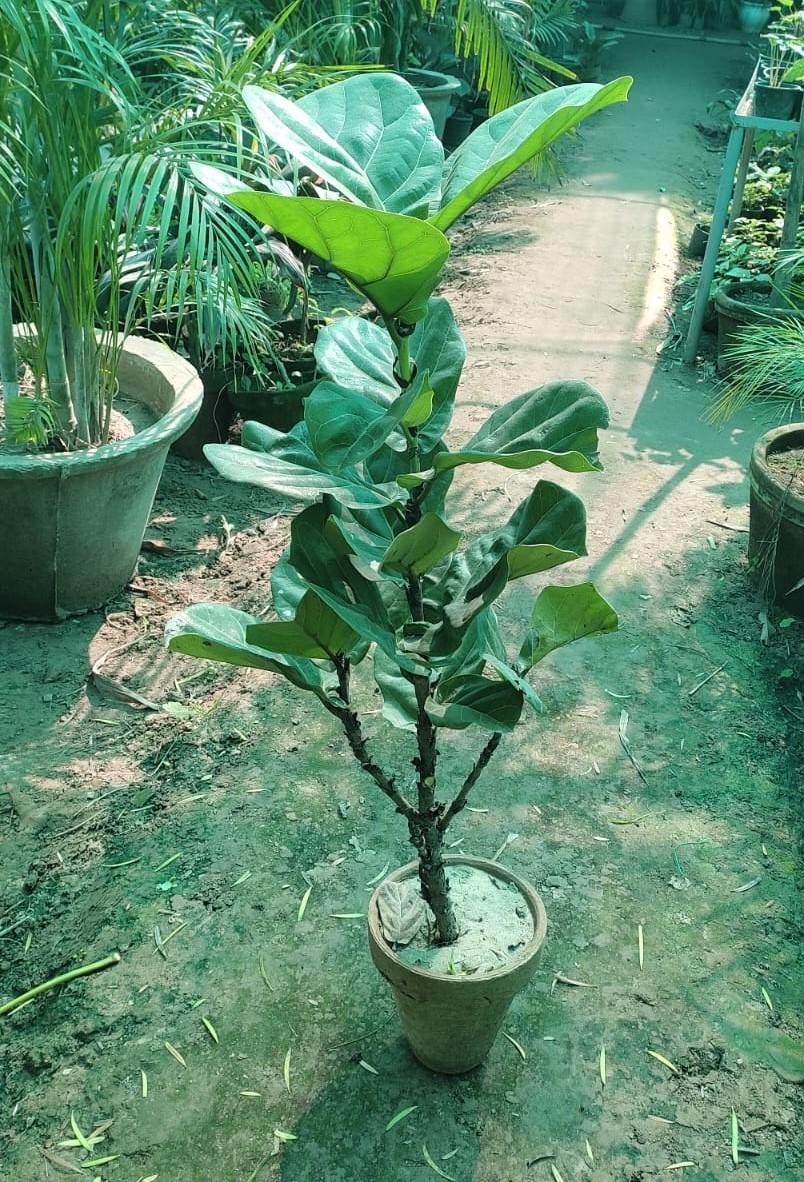
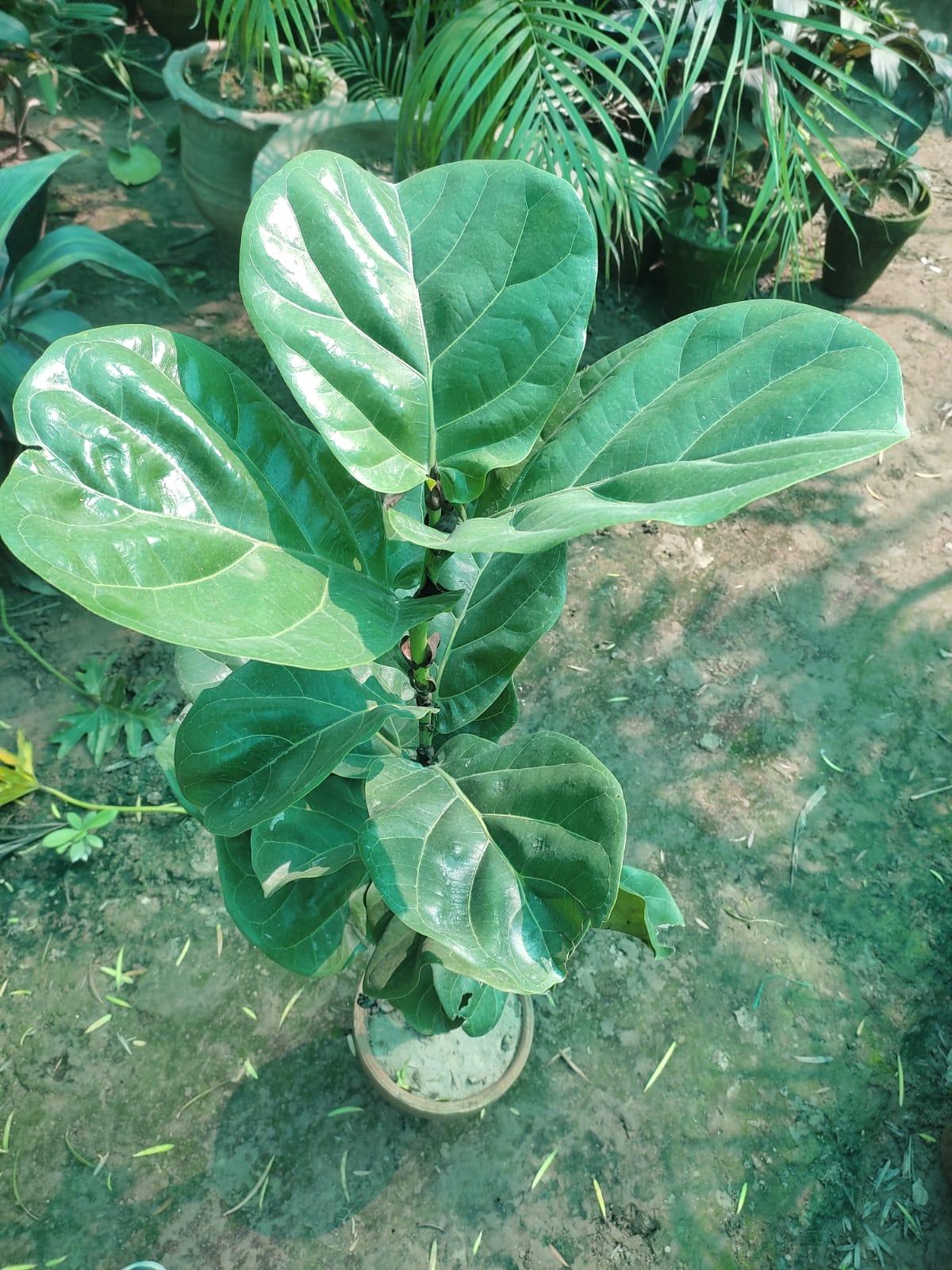
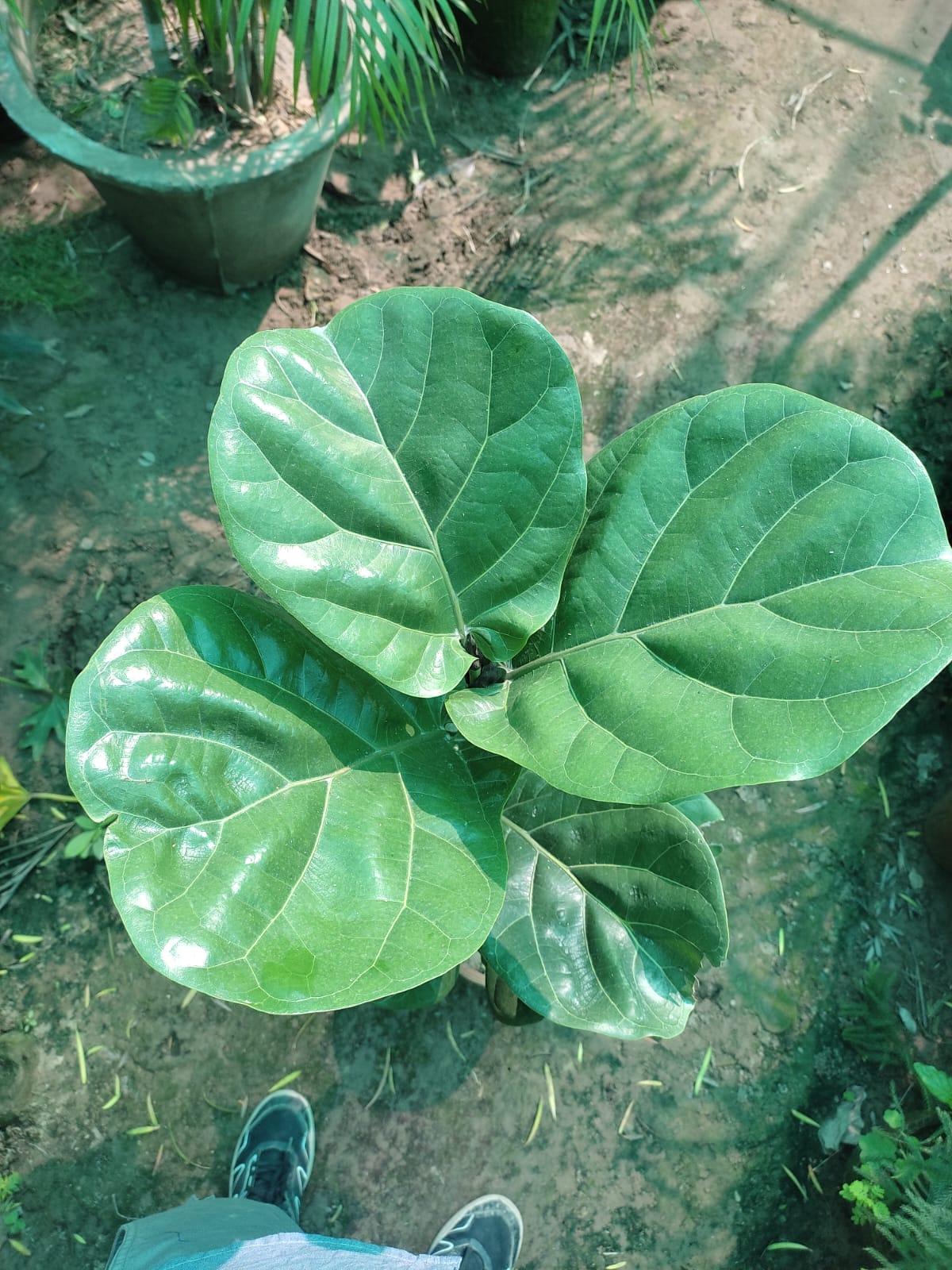
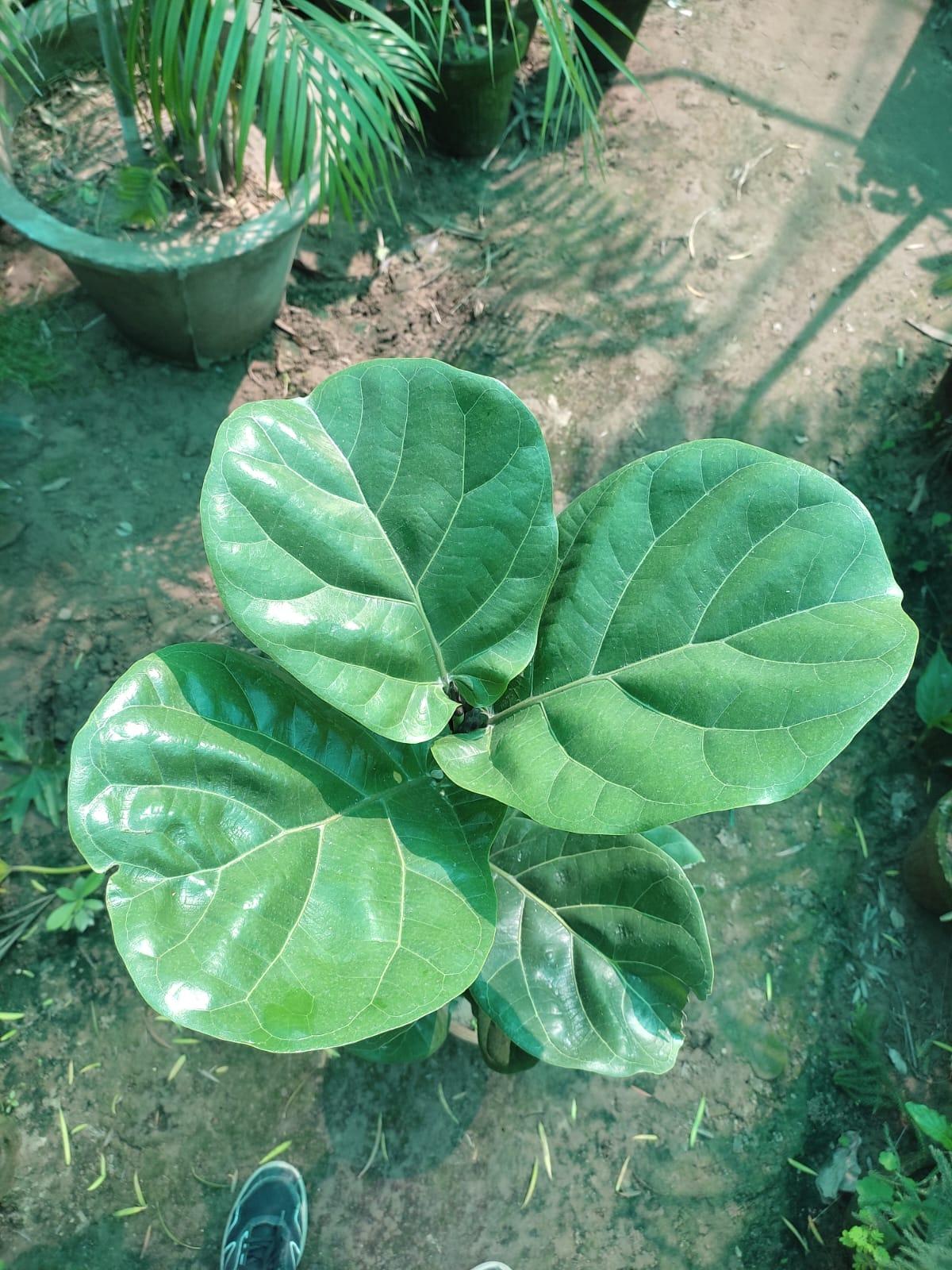
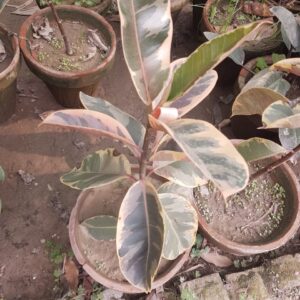


Reviews
There are no reviews yet.